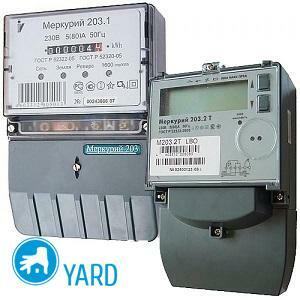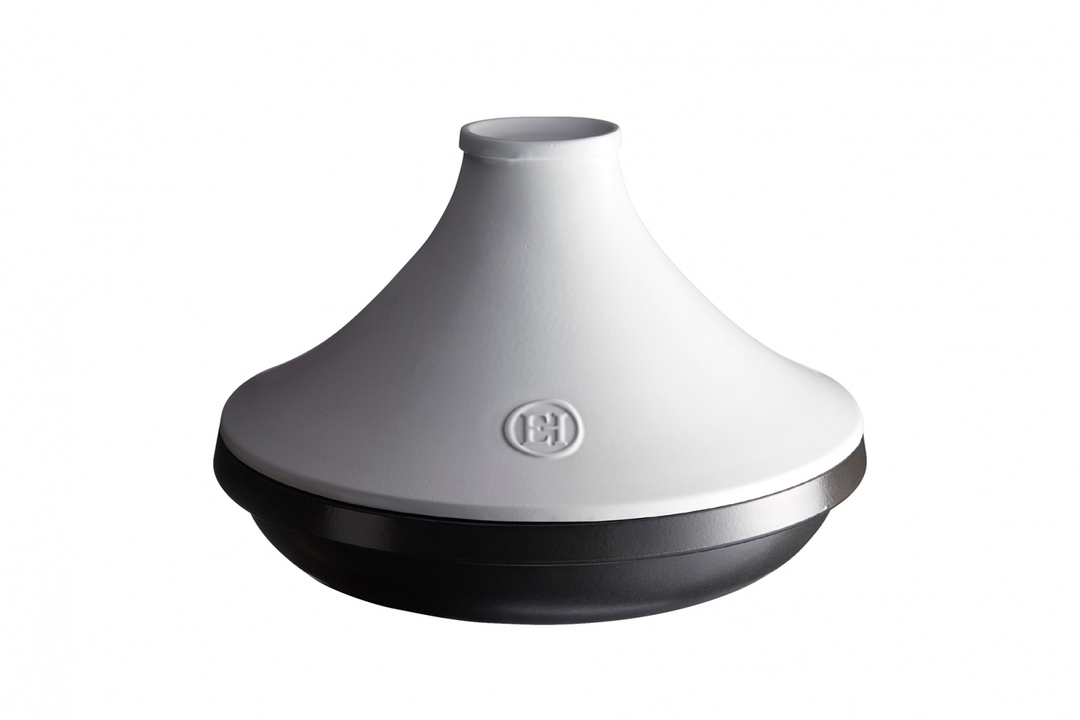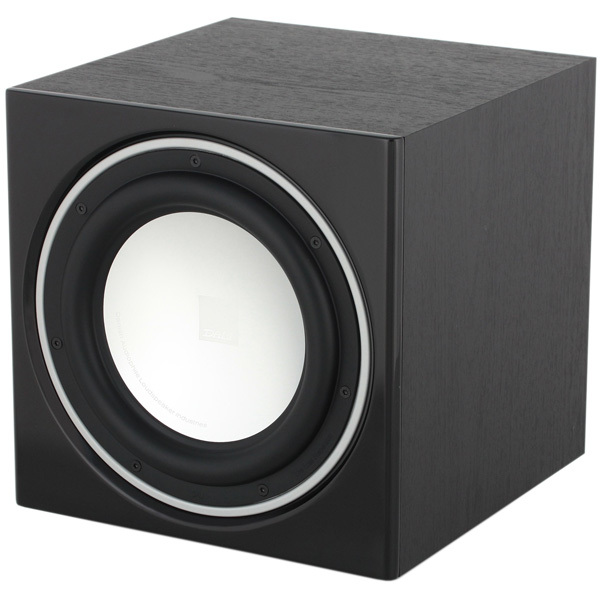
- Basic requirements
- Electronic and induction devices
- Single- or three-phase meters
- How to choose an electric meter in an apartment: single- and multi-tariff meters
- Which counter should be selected according to the accuracy class?
- Current load selection
- Types of mounting
- Advice for acquiring
- Overview of common brands of electricity meters
The topic of today's article: what kind of meter to put in the apartment. Formally, this should be handled by a company selling electricity, but in practice it turns out that this is the problem of buyers of this very electricity. As in the famous aphorism of Ilf and Petrov about drowning and the matter of helping them. Residents of the apartment must have a device for the registration of electricity and replace it, if it is outdated and does not meet modern requirements. It is here that it turns out that the correct choice of a counter is not a simple task. There are so many proposals that you can get lost. Choose exactly what you need, from hundreds of possible options it seems completely unrealistic. We will try to understand this ocean from accounting devices, which electricity meter is better to put in an apartment or a private house. .
to the contents ↑Basic requirements of
The most important requirements for electric counters:
- Cost-effectiveness( low power consumption of the device itself).
- Sufficiently long period of time between verification.
- Ease of installation and use.
- Reliability.
- Quiet operation.
Electronic and induction devices
Consider how one differs from another:
- The induction counter has been invented long ago. Until now, induction-type counters are considered "classics of the genre" and are used in many old houses. Advantages of these devices are relatively low price, reliability and stability of operation.
Important! The inference of the induction device is the large measurement error. Because of low accuracy, you will either pay too much, or - on the contrary, underpay.
- Unlike induction, electronic devices are multifunctional, can be calculated for several tariffs. In size, they are more compact, which means that there are fewer places on the opening shield. Their cost is higher, and according to the duration of the working resource they are inferior to the induction one.
Important! Choosing this or that type of counter, you must, among other things, take into account your own material possibilities. In addition, electronic devices have the following advantages:
- Equipped with a storage device.
- A modern display is available.
- There is an opportunity for differentiated reading of tariffs.
- Equipped with counting mechanisms for calculating energy consumption at different rates.
Single- or three-phase counters
Here everything is more or less simple. It all depends on what type of network you use:
- Single-phase( the nominal voltage is 220 V).
- Three-phase( rated voltage 380 V).
Which meter of electricity is better to put in an apartment, and which one in a private house?- Here everything is simple:
- Most apartments have single-phase meters. And household appliances, and a home electrical network are designed specifically for 220 volts. Therefore, in a normal apartment, a three-phase meter is unlikely to be needed. Yes, and with the registration of the device can be difficult.
- Three-phase meters are more suitable for private houses. Many types of equipment( electric motor, hot water boiler, etc.) are designed specifically for a voltage of 380 V.
Important! In addition, in a private house you will need a single-phase meter that considers the consumption of electricity by devices operating from 220 V.
to the contents ↑How to choose an electricity meter in an apartment: single- and multi-tariff meters
Not so long ago, all meters were induction and one-tariff. With the advent of electronic devices on the market, it is possible to pay for electricity consumed at several( 2, 3 or more) tariffs.
The peculiarity of the multi-tariff device is that it takes into account the consumption of electricity over time:
- 7 am-11 pm.
- 11 pm-7 am.
What kind of electric meter is better to put in an apartment: for one or two fare?
- Nighttime electricity is cheaper than daytime electricity, so if you have a dual-rate device, you can over-perform "energy-intensive" work at night. For example, turning on the heater or washing. Beneficial? Undoubtedly. But you need to clearly know the difference between day and night rates, as well as the amount of energy consumption by available devices. In any case, to pay for a multi-tariff counter you will have a larger amount than for a one-tariff.
- The choice of the device of the account of consumed energy depends on in what region the subscriber lives and on what kinds of household appliances he uses. If you are an "owl" and you have a "nocturnal" lifestyle, then buying a multi-tariff counter is more preferable for you.
Important! Before you decide to buy a counter of a particular species, calculate your energy costs per month in two versions. If at the same time you will get savings of 30-50%, then it makes sense to purchase a device designed for several tariffs. If the difference is minimal, then bother with the purchase of an expensive device should not be. It is desirable to introduce a rational energy consumption mode in the house.
to the contents ↑Which counter should be selected according to the accuracy class?
Any measuring instrument has a certain measurement error. For an electricity meter, this is a deviation from the true amount of electricity consumed. The larger the error, the less accurate the device:
- The maximum error value for household counters of a modern type is 2%.
- For this reason, energy sales companies are forced to replace outdated instruments, the error of which is about 2.5%.
- However, you do not need to rush to the other extreme. Devices with a too small( about 0.2%) error give overestimated values, which is not beneficial for the consumer.
Important! The best option for an ordinary apartment is a device whose accuracy class is 2%.This is the upper limit of the error - why not take advantage of this loophole?
to contents ↑Current load selection
The current range with which single-phase devices operate is 5-80 A. The same figure for three-phase devices is 50-100 A. In technical specifications, each device is given a specific range of current strength.
Important! The less the variability of the current, the lower the price.
to the contents ↑Types of mounting
There are 2 variants of meter installation:
- Under bolts.
- On the din-rail.
Important! The second option is often used in multi-apartment buildings when assembling modular panels. Bolt mounting is more often used for street boards( private houses, input and distribution devices).In accordance with the requirements, the best electricity meters in terms of installation is the installation inside the building on the DIN rail.
to the contents ↑Tips for acquiring
Following these recommendations, you will be able to find the most suitable model for yourself:
- It is desirable to install powerful meters in the garage, since power-consuming equipment can be used here, several of its variants can be used simultaneously( compressors, welding machines, etc.).
- Be sure to check if the product is sealed, as well as the date of verification. For single-phase devices, the validity of verification should not be more than 2 years, and for three-phase devices - no more than a year.
- Acquisition of the device with the automated account of power inputs is inexpedient. This does not allow energy companies to monitor meter readings.
- Domestic quality models are not inferior to foreign ones, so buying an inexpensive but reliable device is justified.
- Be sure to ask what the cost of repairing the device.
- Noisy is the noise from the counter. At first glance, this is not a problem, but a constant annoying buzz irritates many people.
Important! Recalibration time for electronic devices is longer than for induction ones.
to the table of contents ↑Overview of the popular power meter brands
Rating of electric meters will help you to choose a specific model.
"Mercury" - series 201, 202:
- Electric meters of electronic type, single tariff.
- Designed for a maximum current value of 60/80 A, and are great for housing in apartment buildings.
- The warranty is 6 years, and the actual working life is up to 30 years.
Important! The period between the two tests is 16 years.

"Mercury" multi-tariff:
- The device records energy costs for 4 tariffs.
- The maximum current is 60 A.
- The duration of the calibration interval is 16 years.
Important! It is possible to connect the device to the computer and to transfer the credentials remotely.
The counter "Mercury" three-phase:
- Accuracy class is 1.0.
- The time between two tests is 16 years.
- The service life is 30 years with a 5-year warranty.
"Energomera" - single-phase:
- The maximum current load is 60/100 A.
- The working life of the device is 220 thousand hours.
- Design features allow you to make measurements of high accuracy.
- The device is immune to electromagnetic interference.
Important! There are various options for fastenings: for bolts or din-reku.
Power meter CE 102 multi-tariff:
- It is possible to measure electricity consumption at 4 tariffs.
- The device is equipped with a memory device.
- The measurement results are not lost if the meter is de-energized.
- It is possible to attach to bolts or a DIN rail.
Important! There is protection from mechanical influences and magnetic "cracking" of data.
Power meter - three-phase device for a private house:
- Electrical measuring instrument for various types of loads in a three-phase circuit.
- The device takes into account 3 types of energy: general, active and reactive.
- Designed for 60/100 amperes, can be connected via a transformer or directly.
- The warranty period is 4 years, the service life is 30 years.
Important! The interval between verification is 16 years.
ABB meters
One-tariff devices are designed for energy consumption at home:
- Accuracy class 1.0.
- Maximum current 40/80 A.
- The devices are designed for mounting on a DIN rail, used for the assembly of modular electrical panels.
Single-phase multi-rate devices:
- Designed for networks with a current load of up to 80 A.
- Energy costs are accounted for by 2 tariffs.
- A memory is available.
- It is possible to transfer data via infrared.
- Calibration interval of equipment is 16 years.
- The service life is 30 years, with a warranty of up to 5 years.
The choice of the best variant of the instrument for accounting must necessarily coincide with the recommendations from the electricity supplier. Therefore, an additional consultation in the organization of energy sales will not be superfluous.


